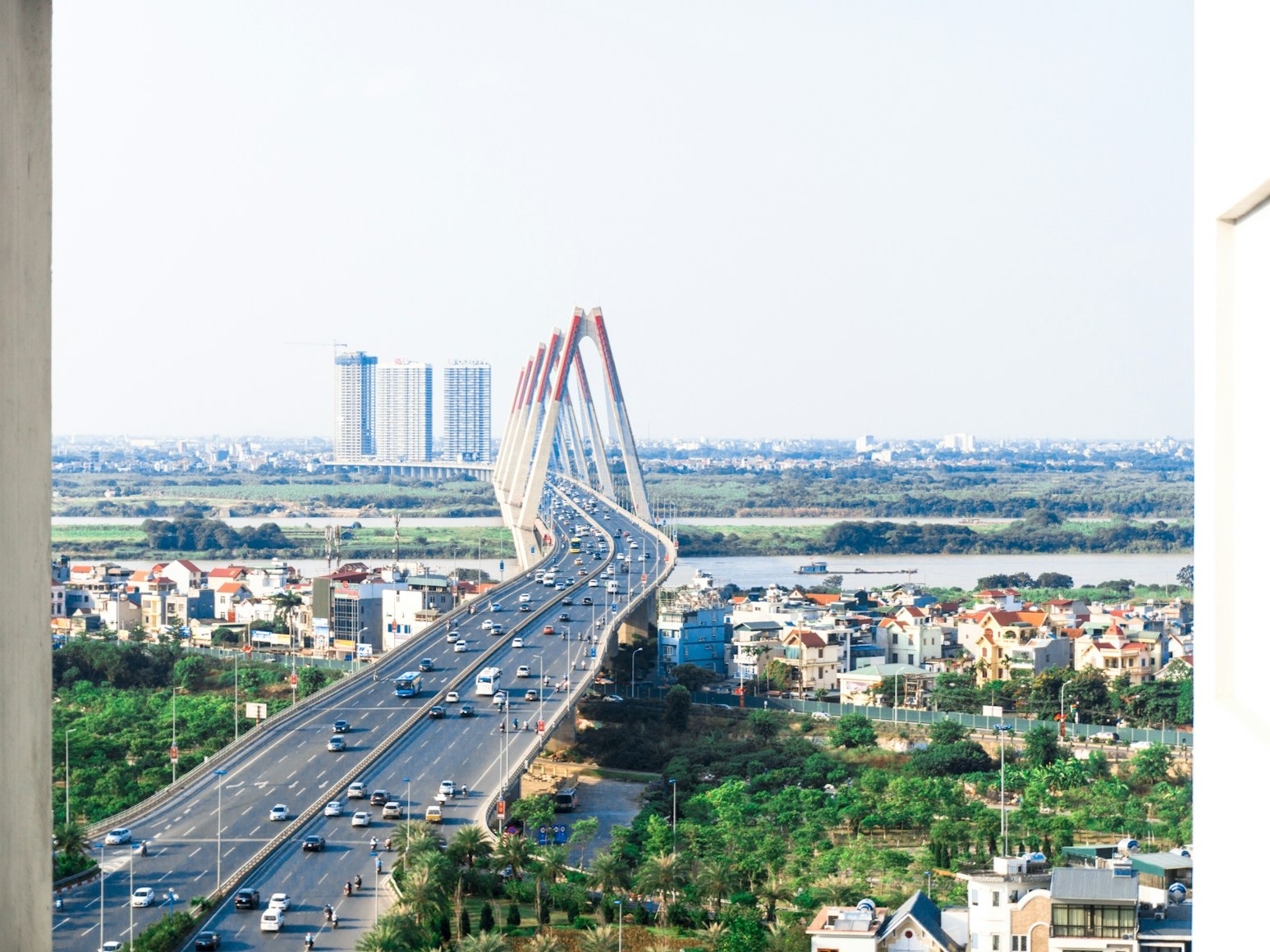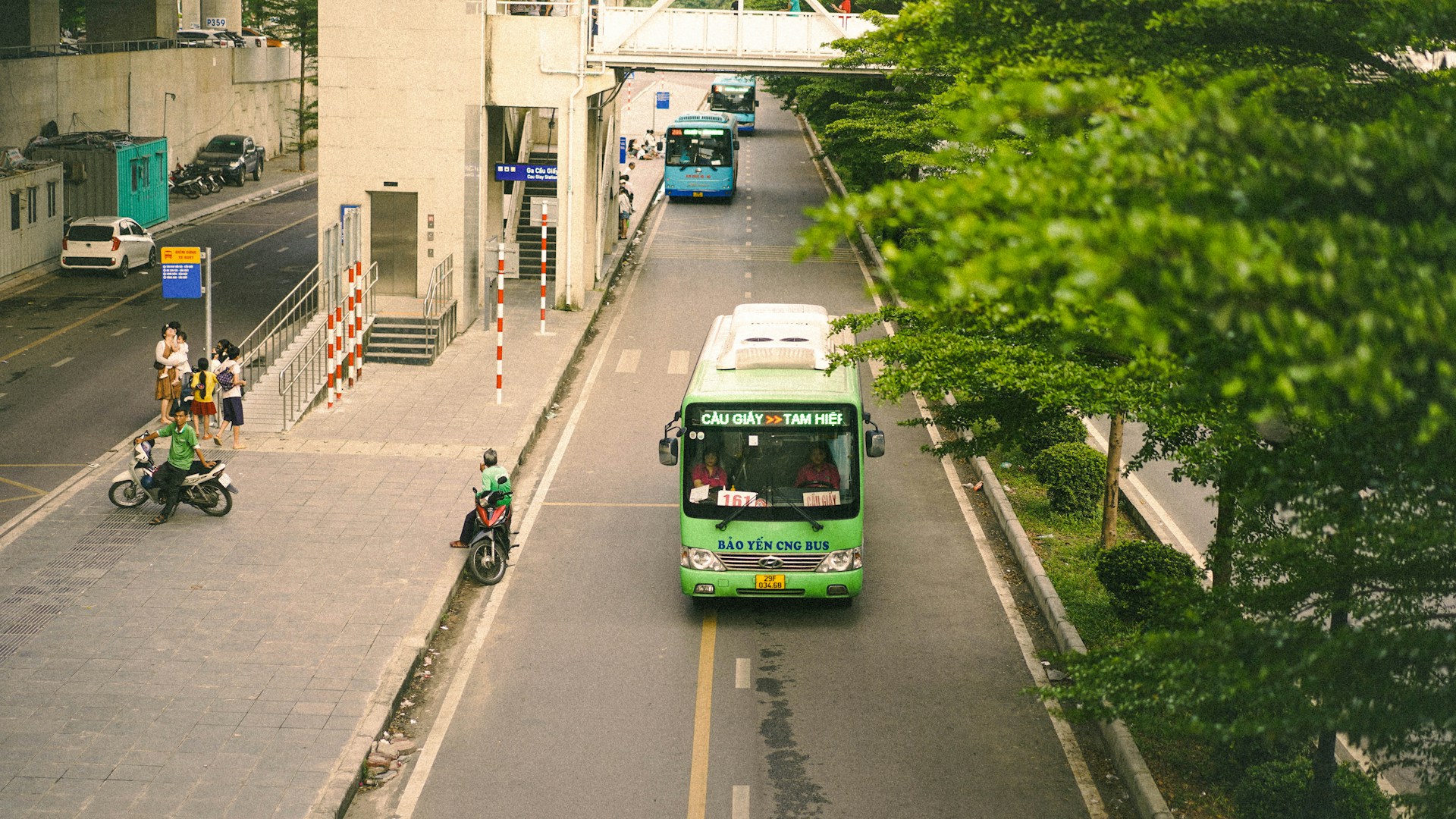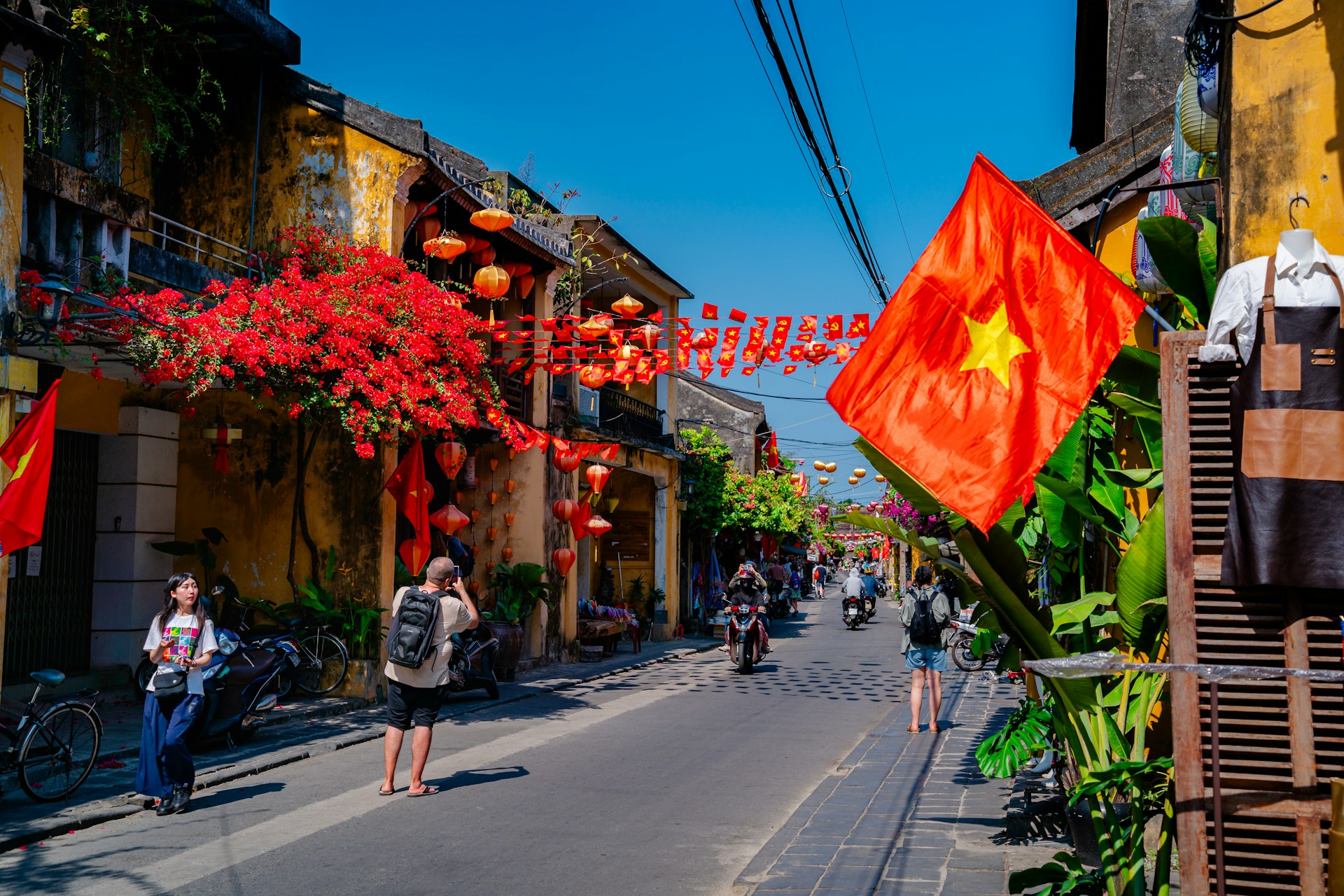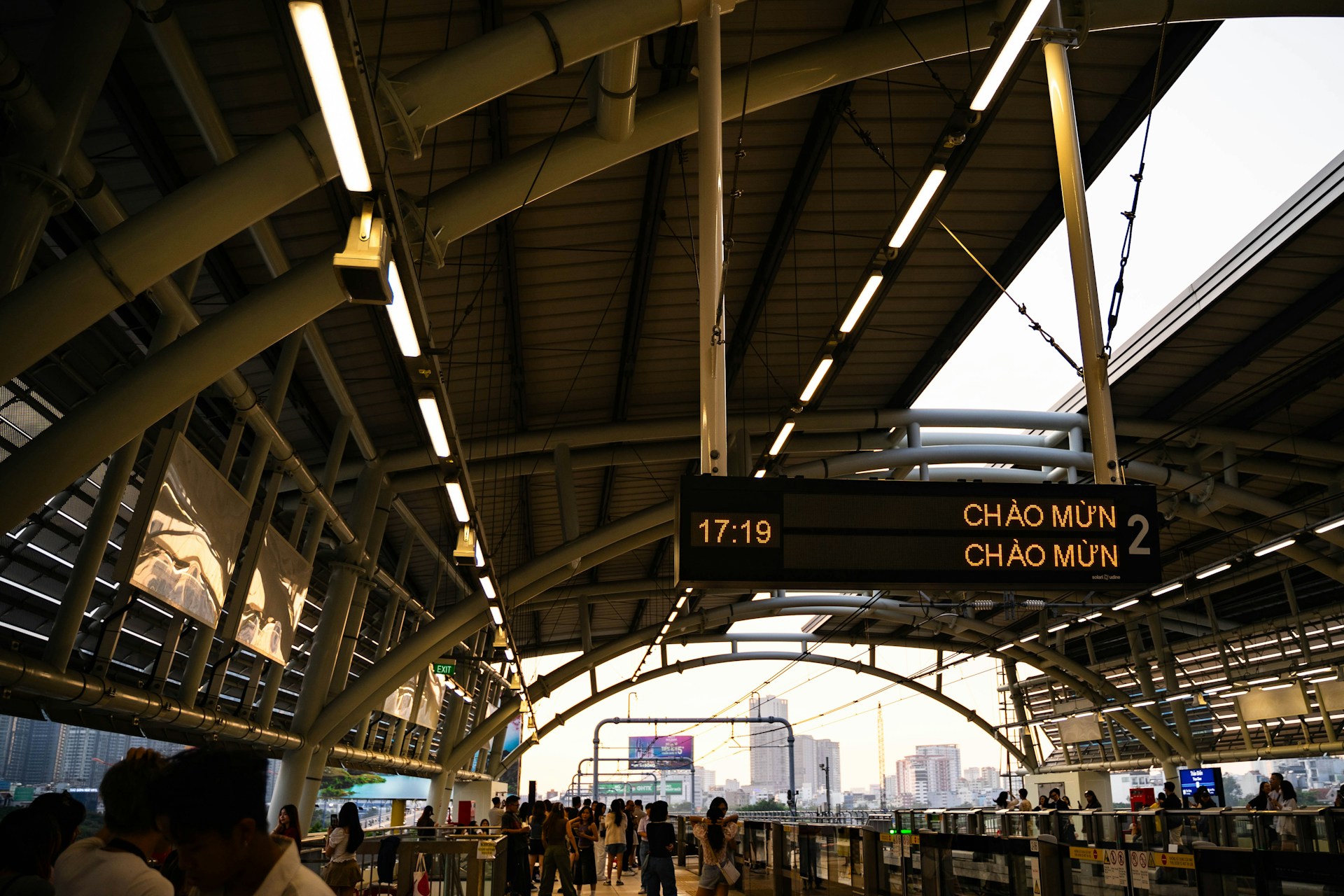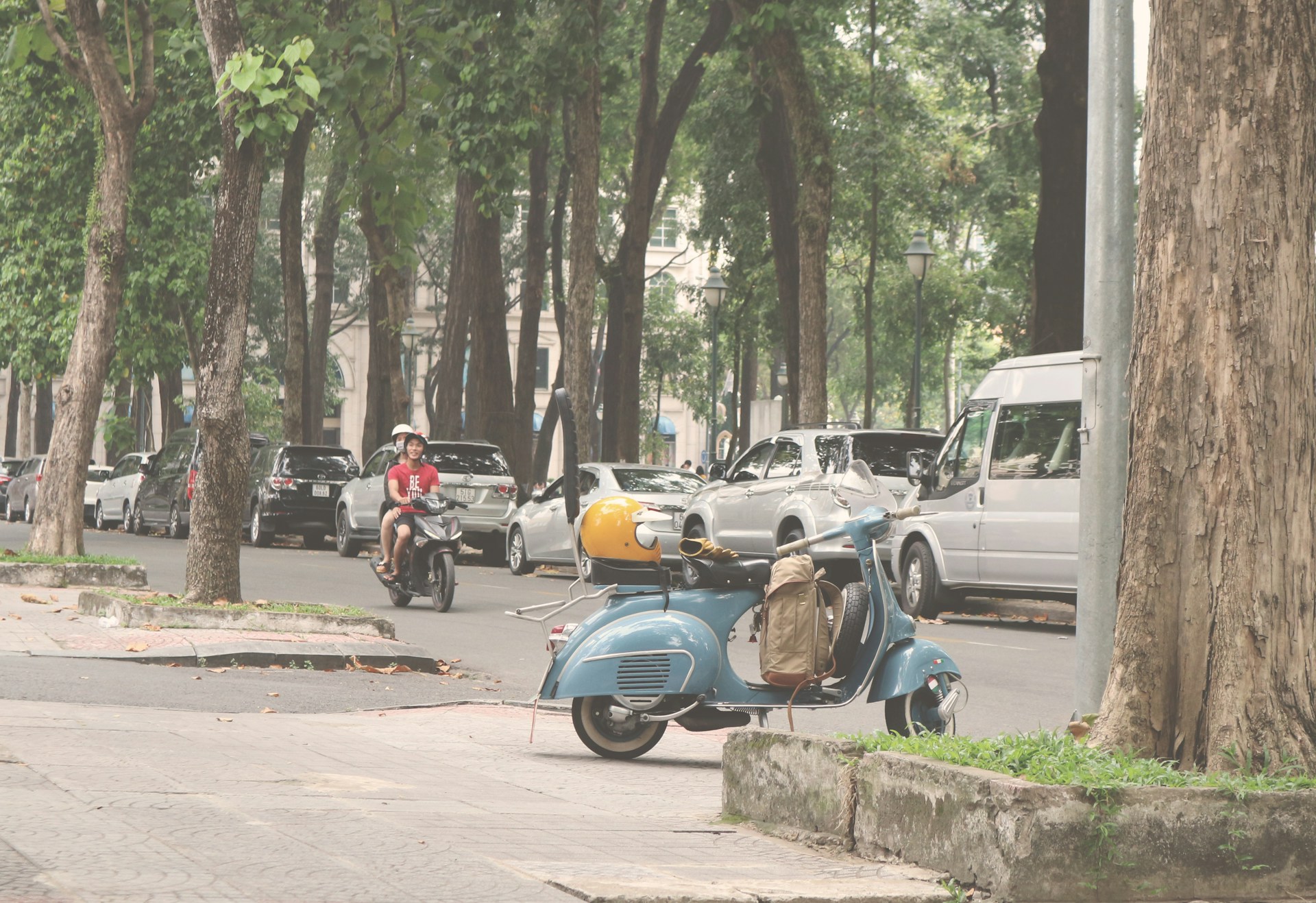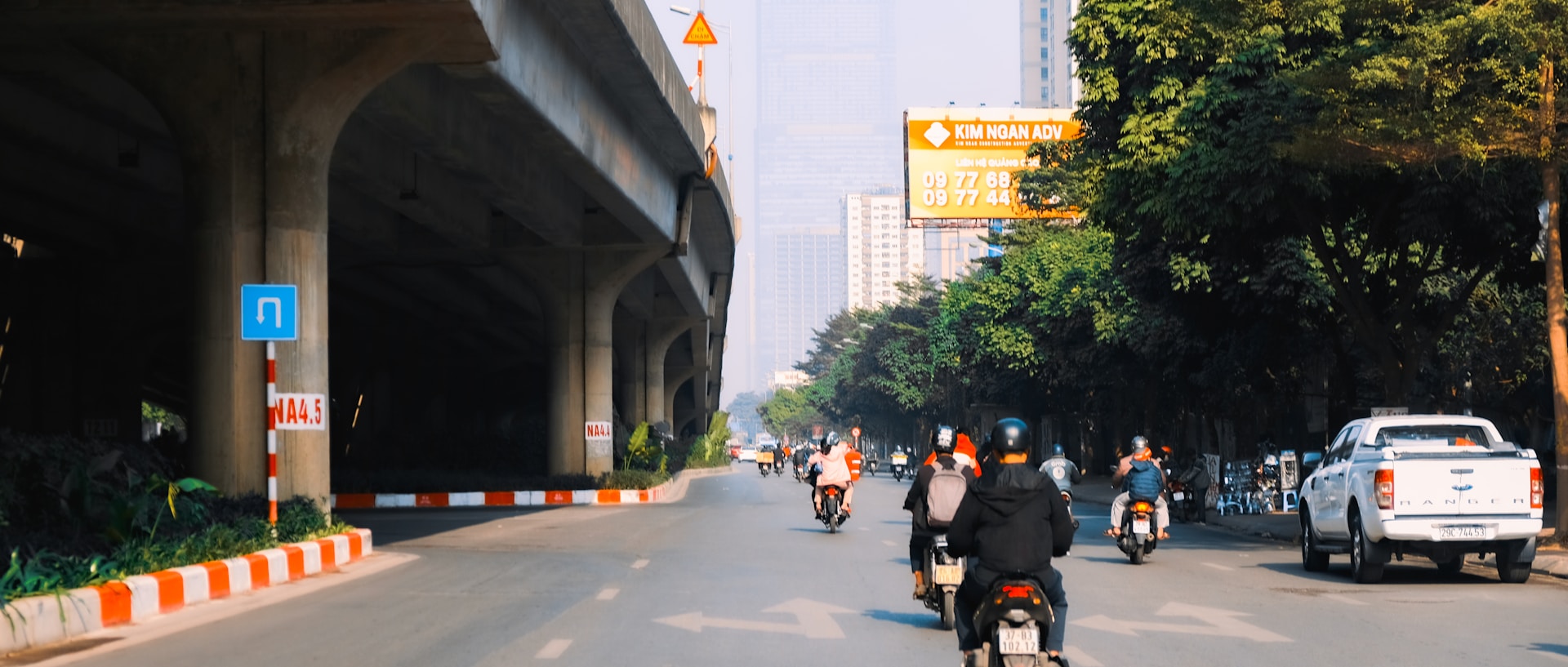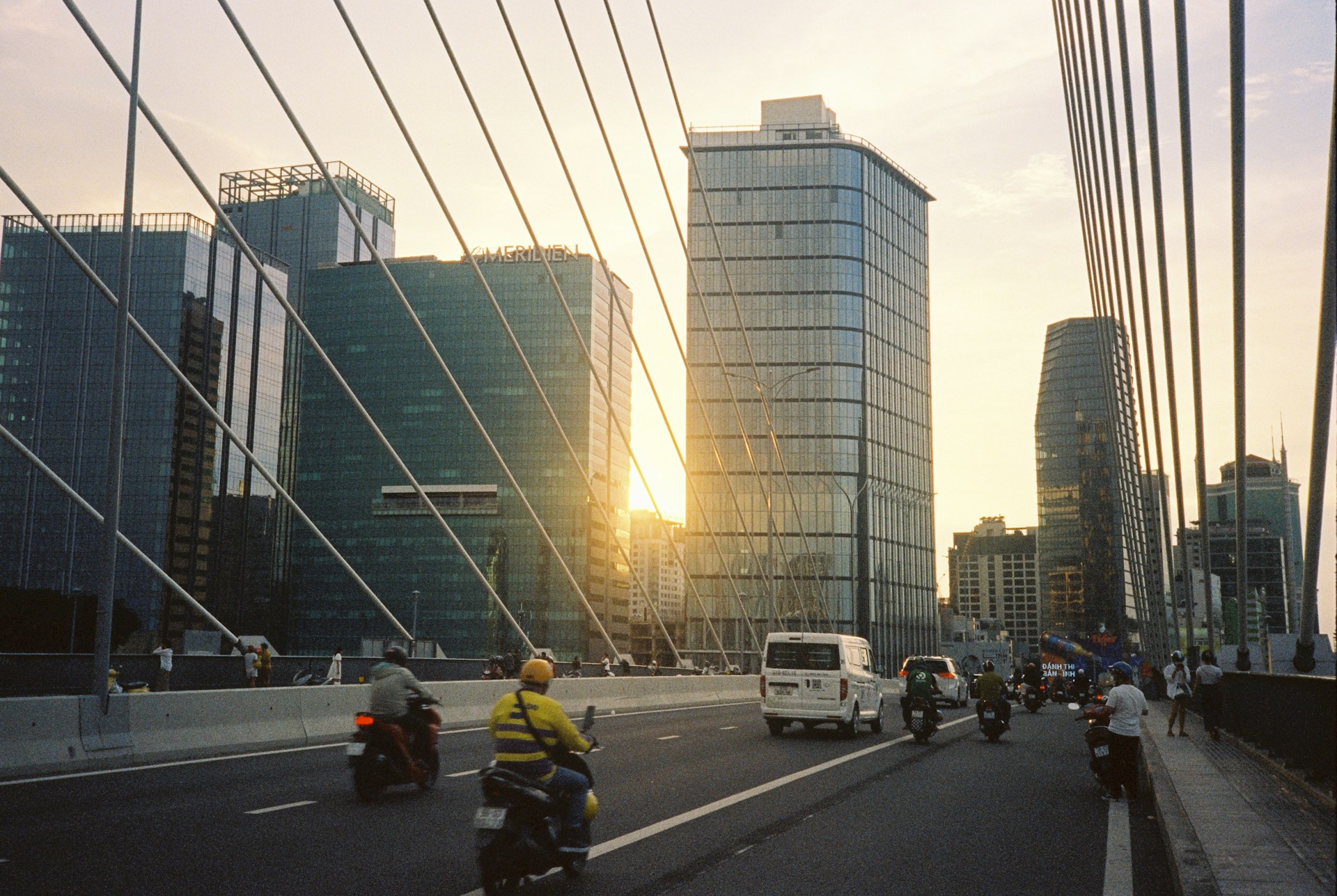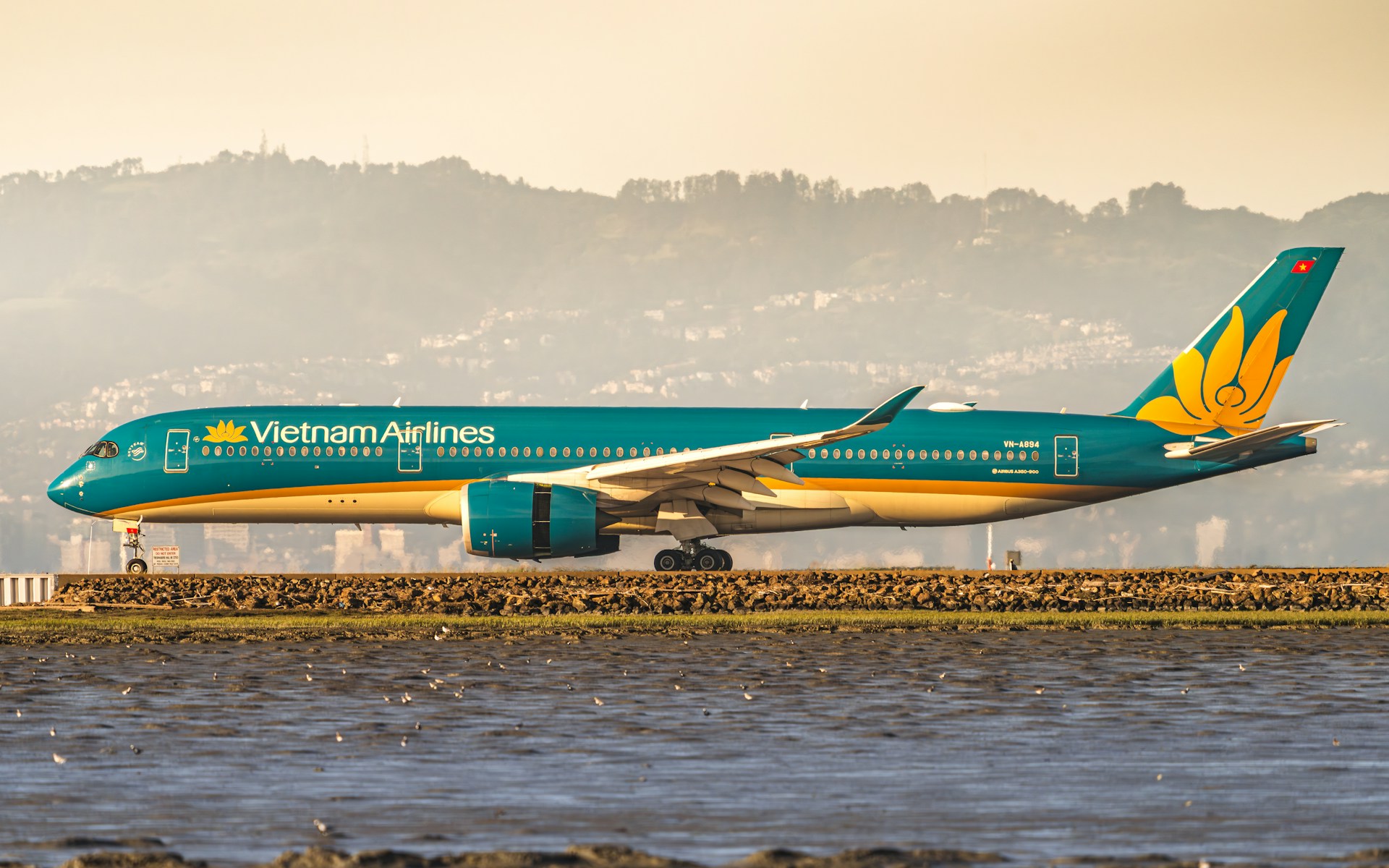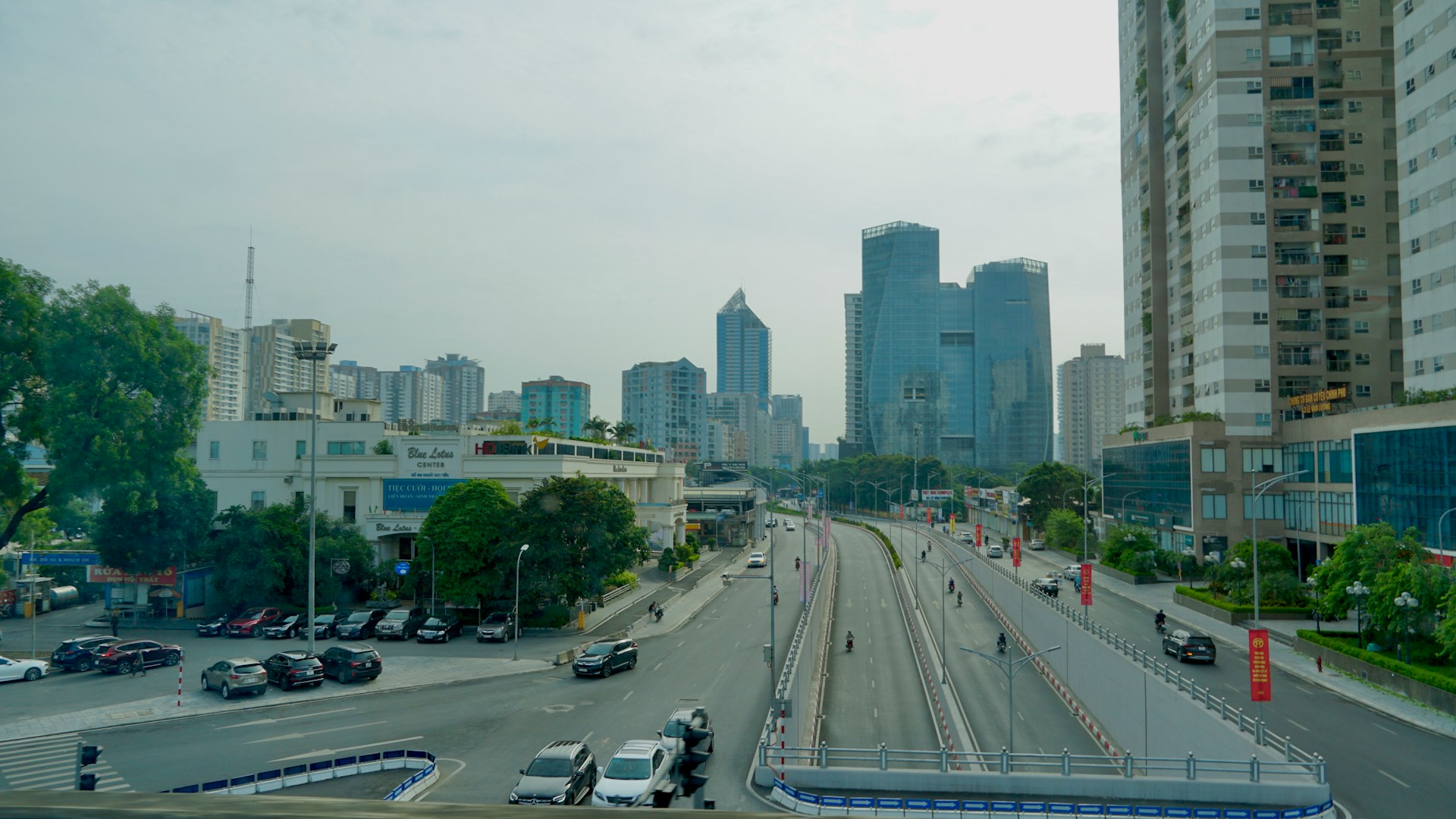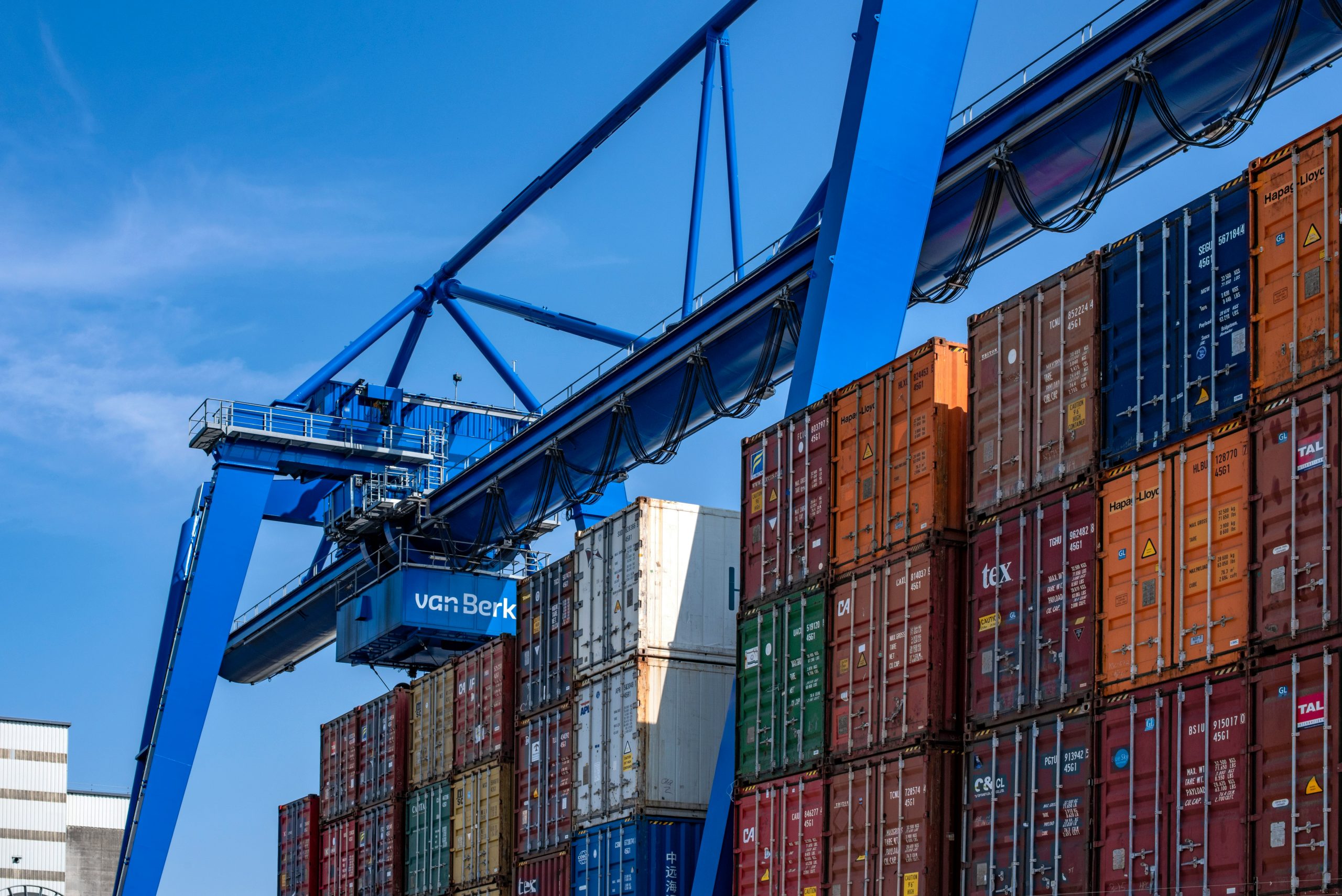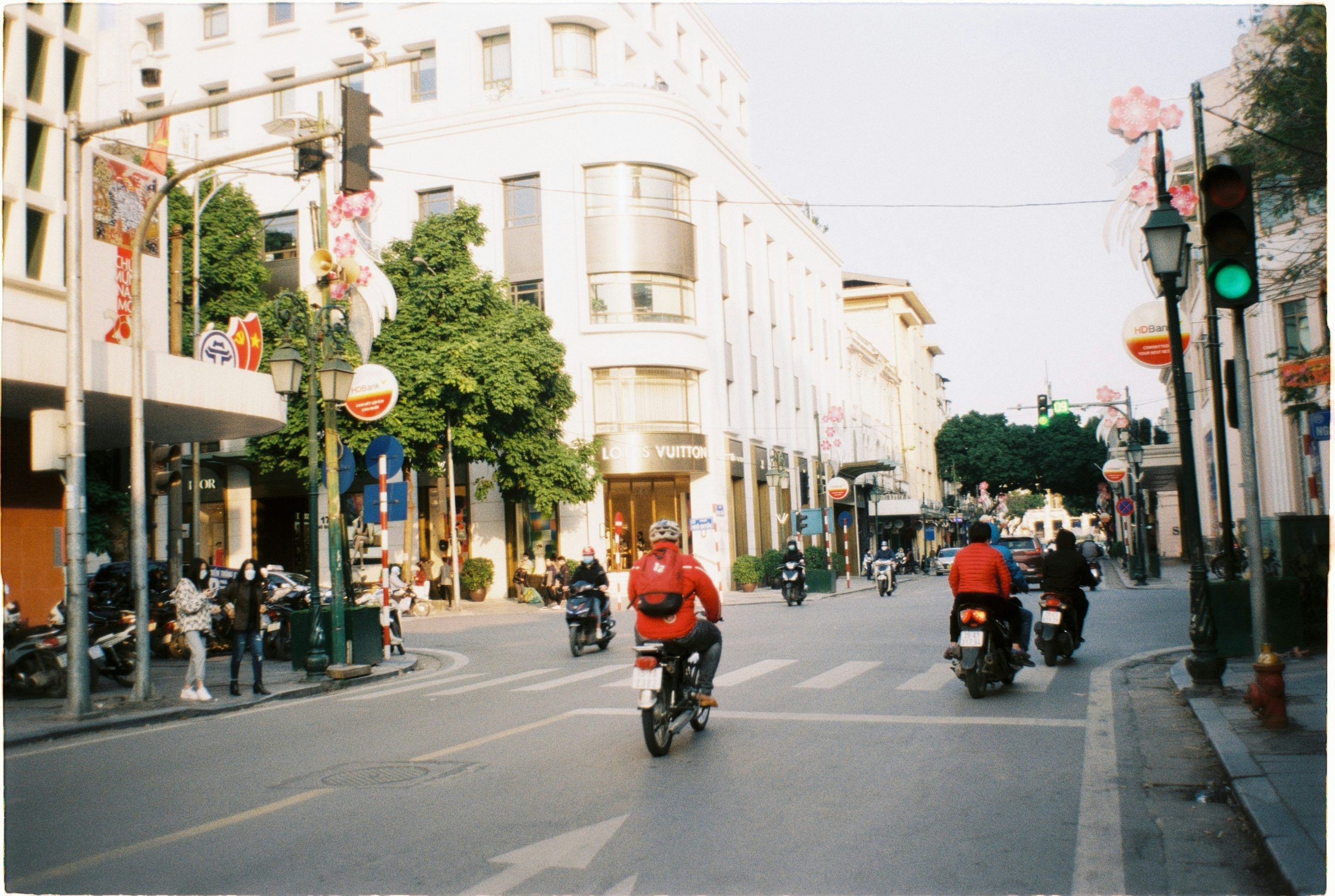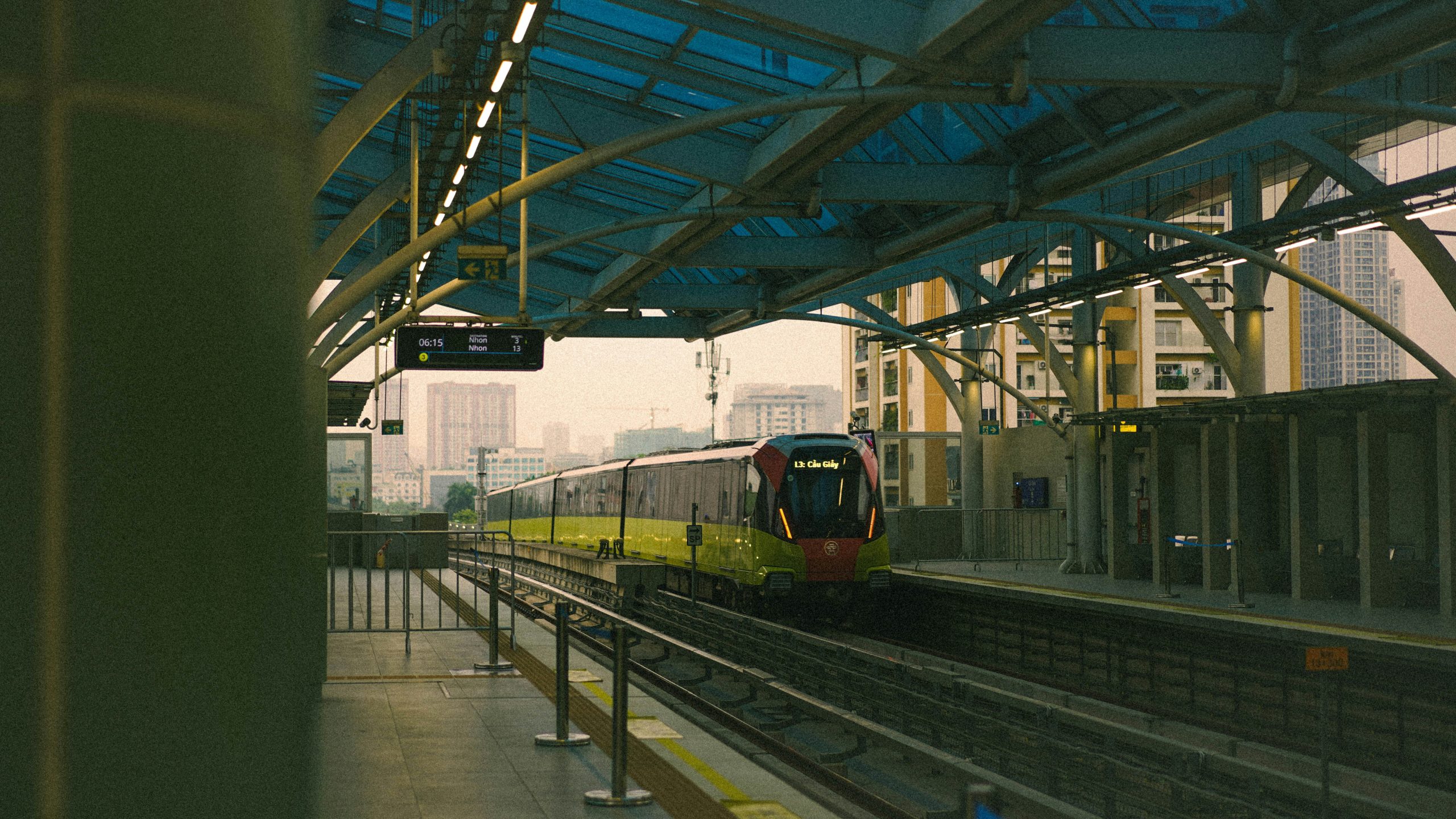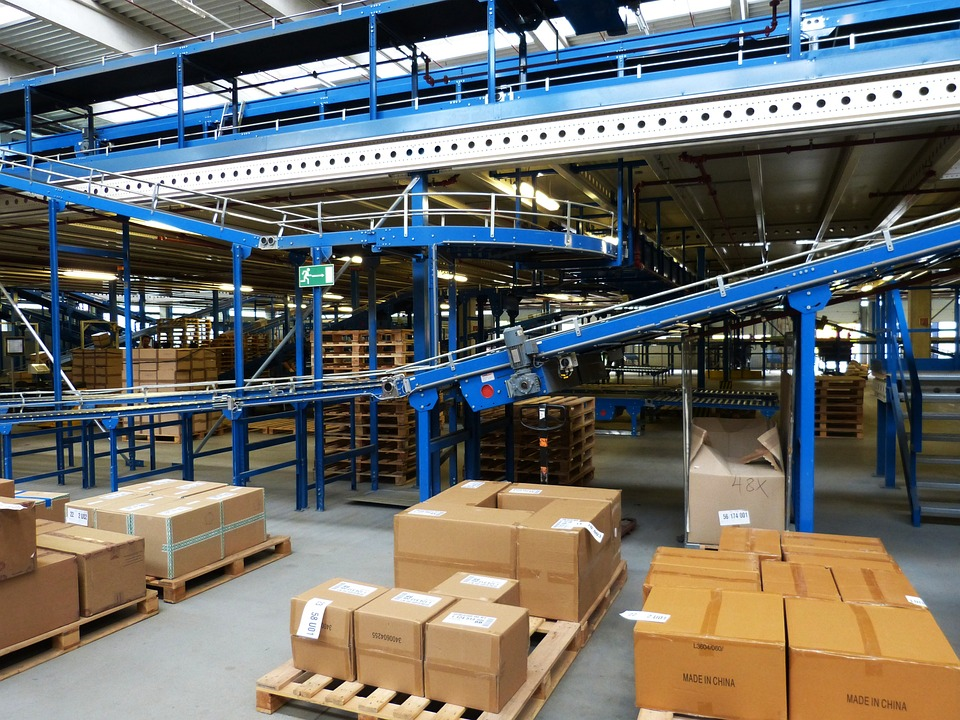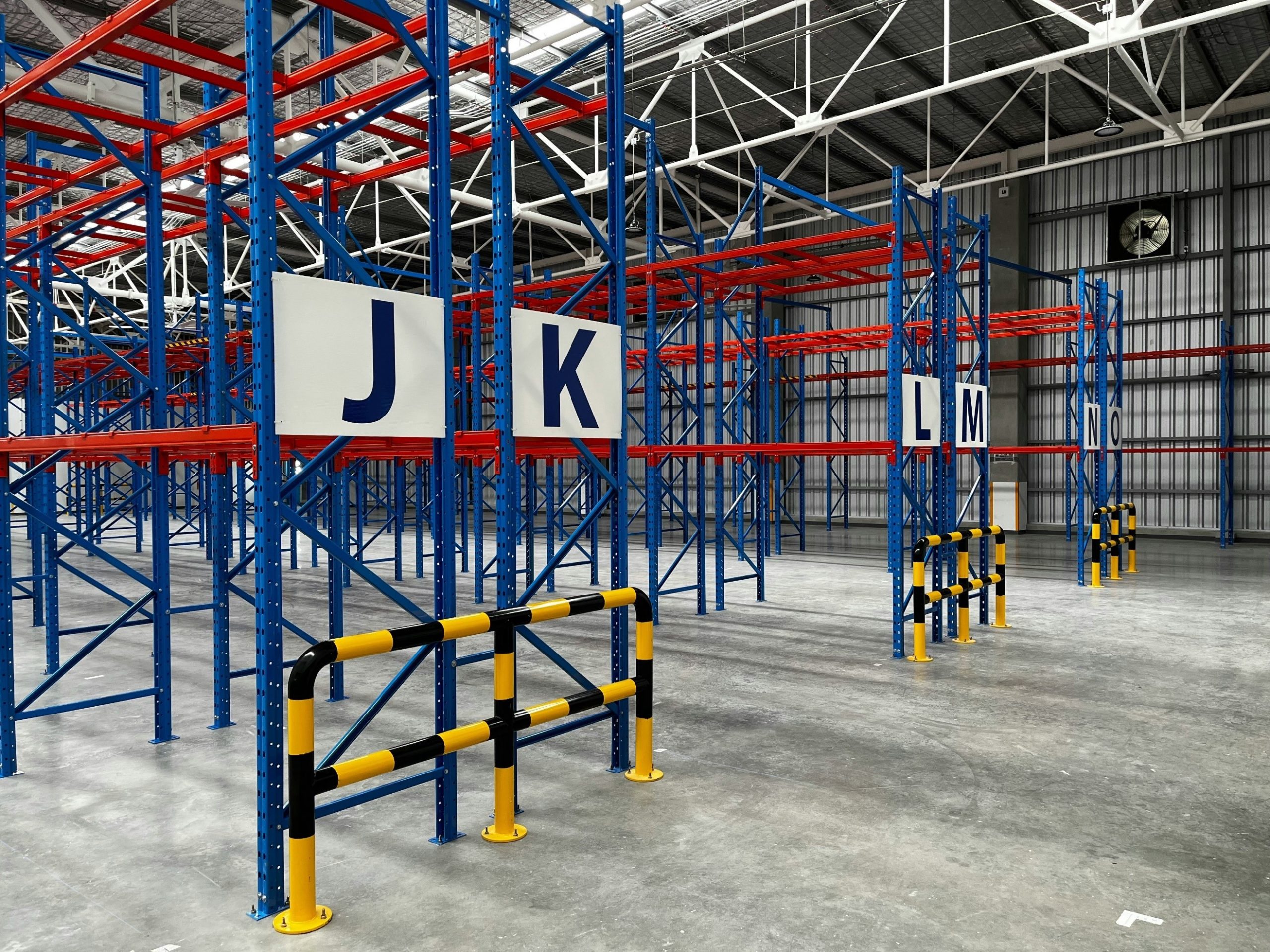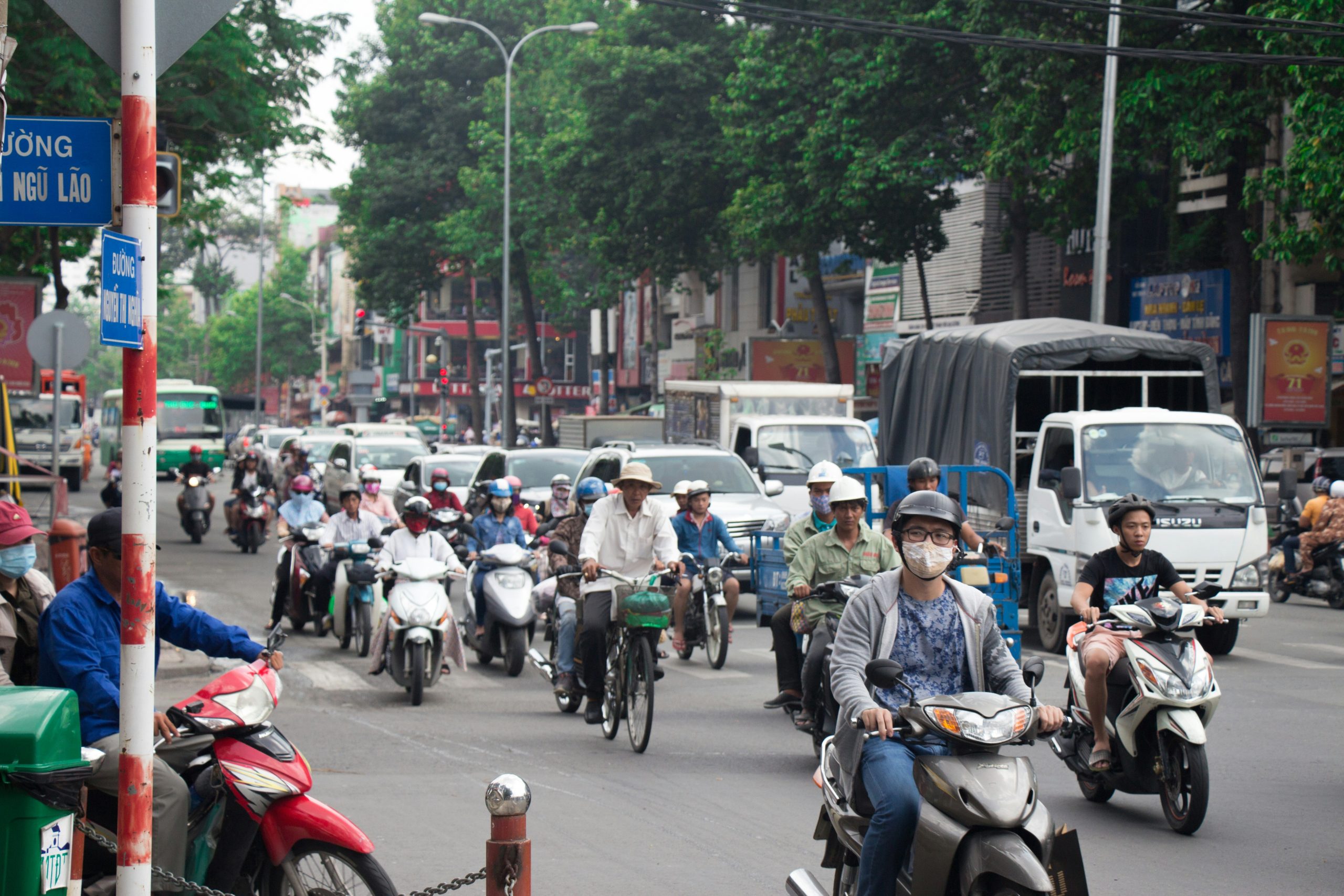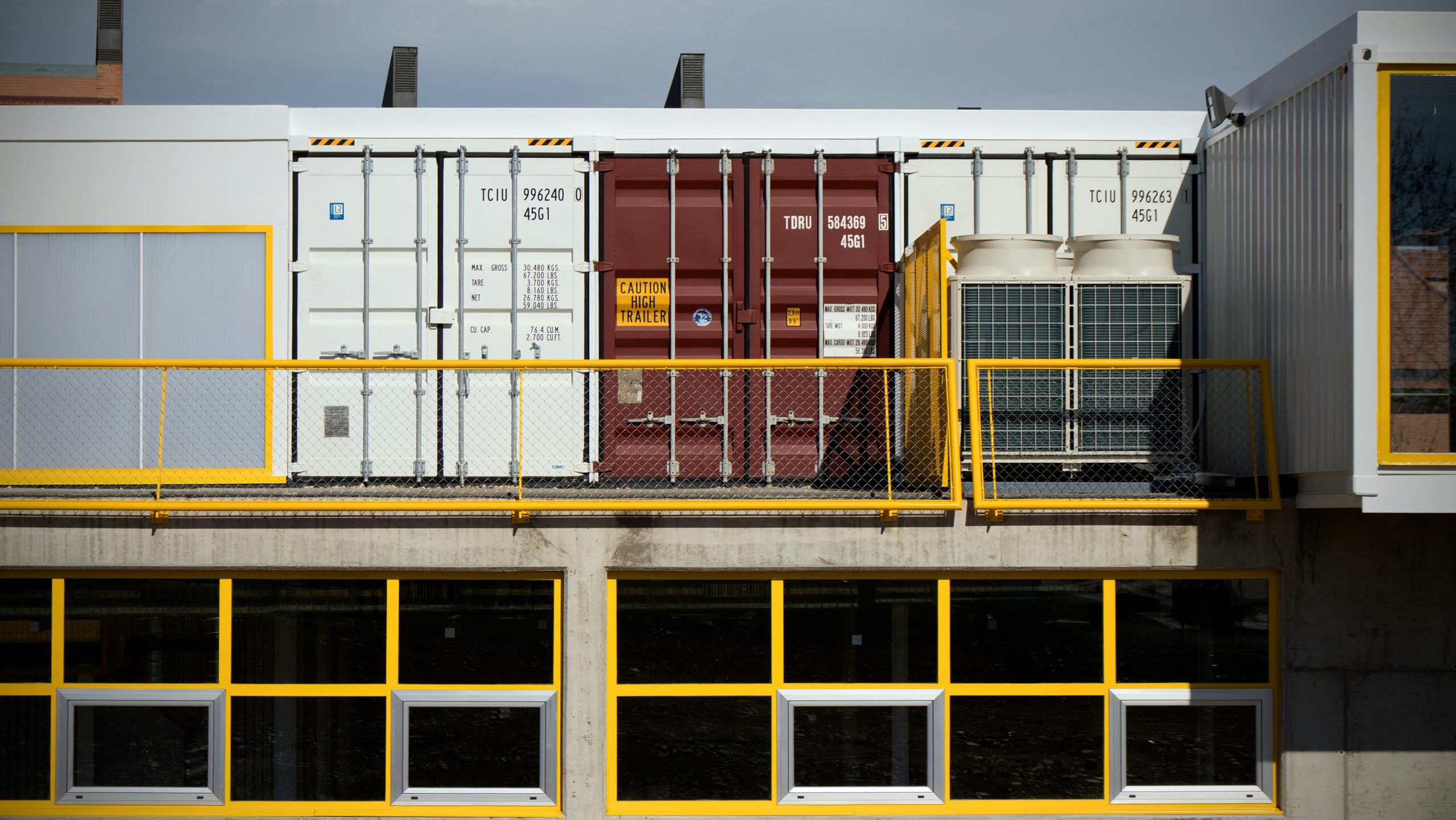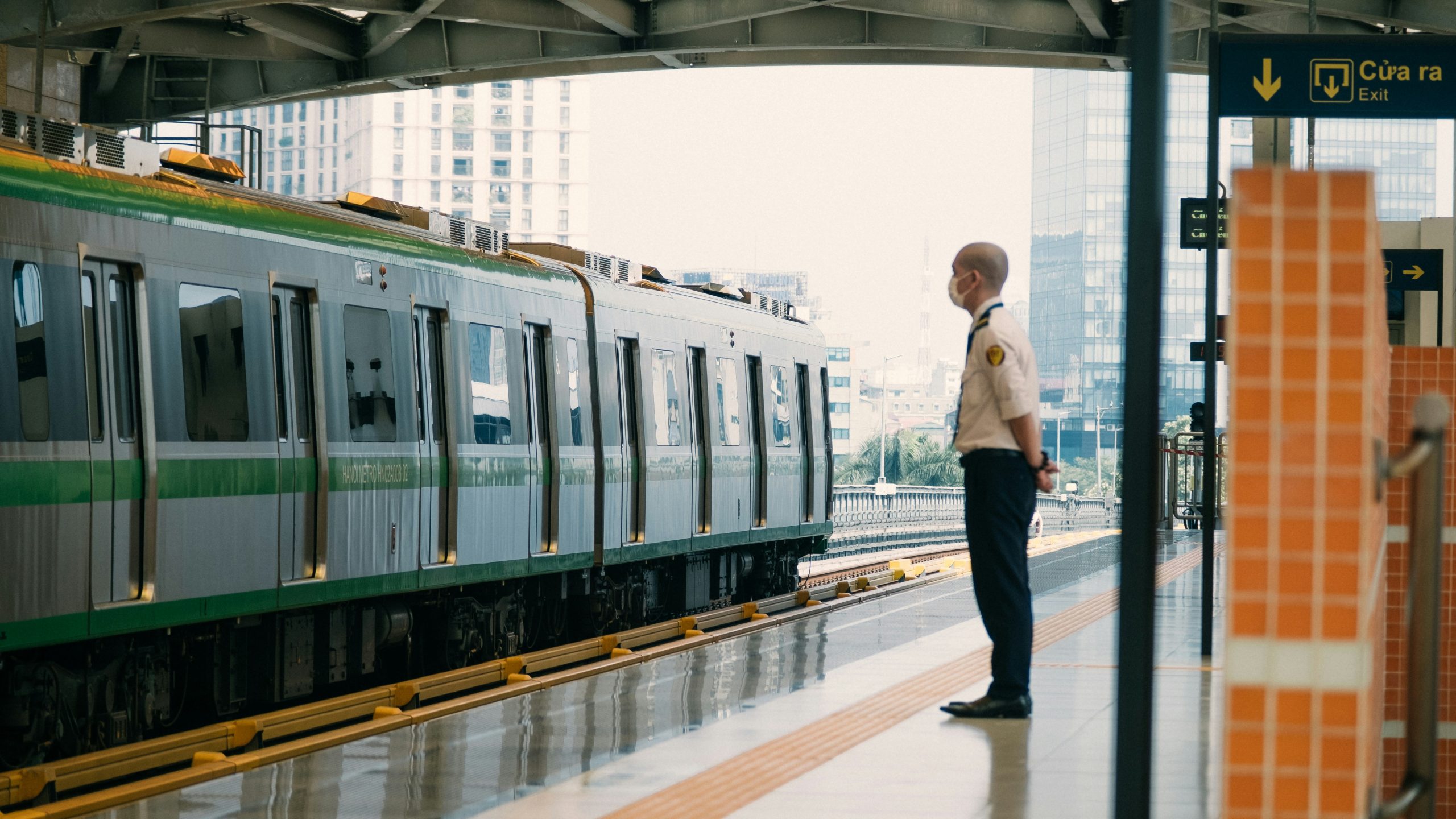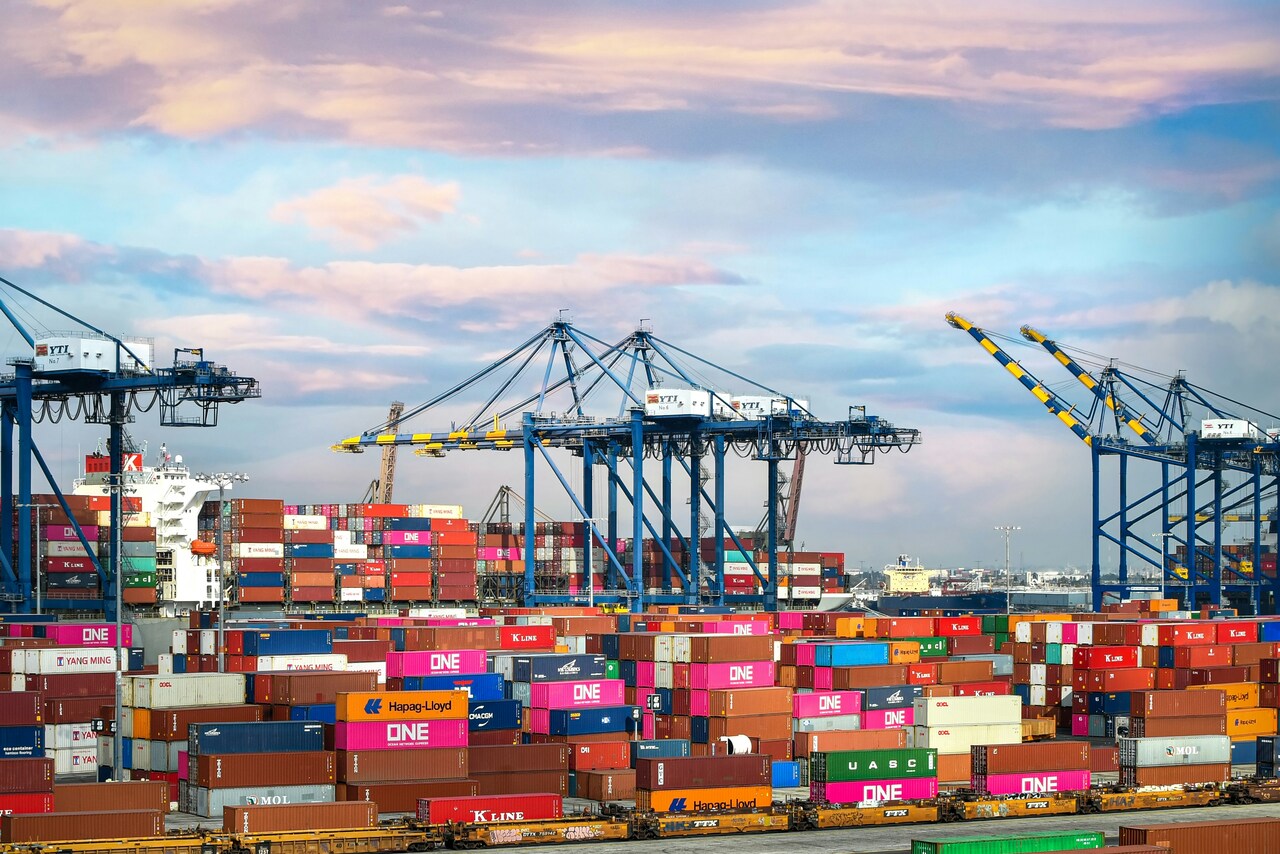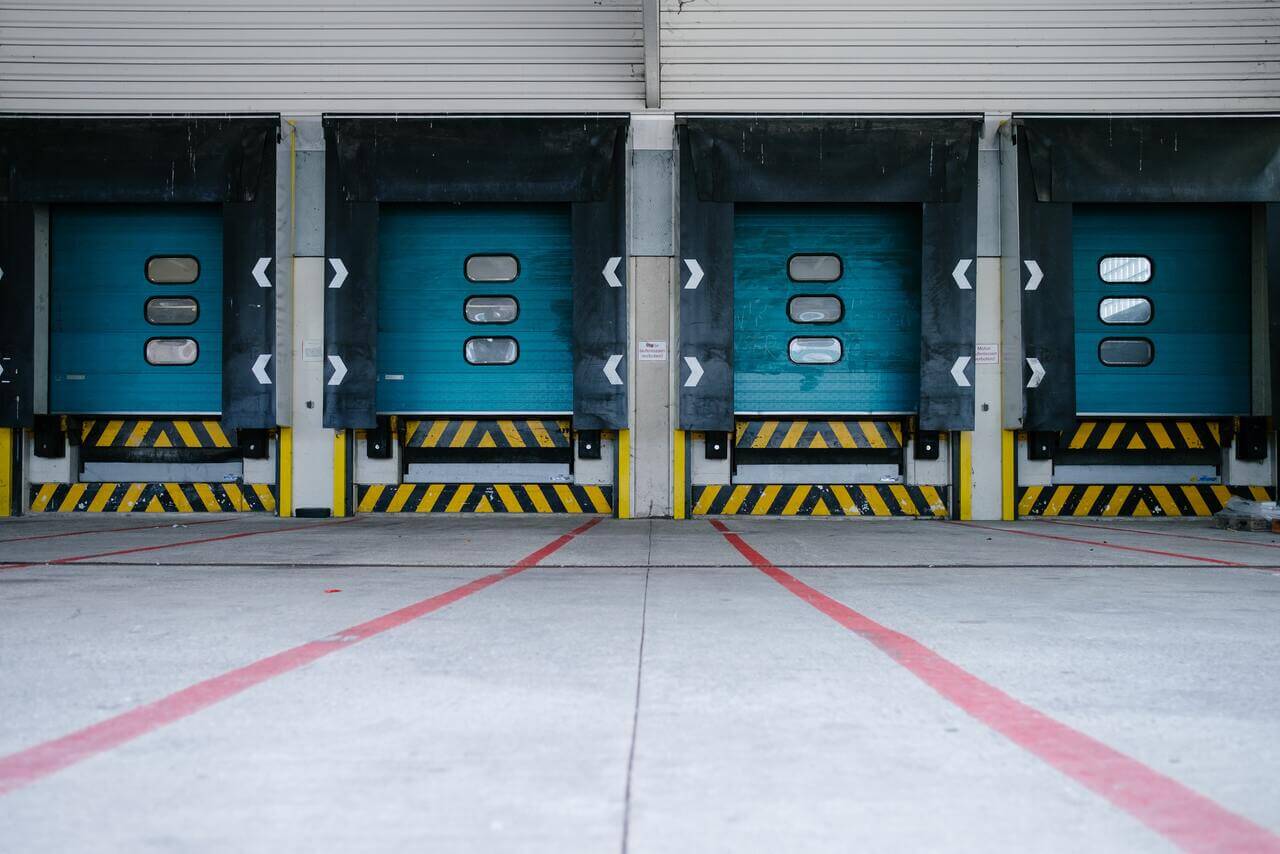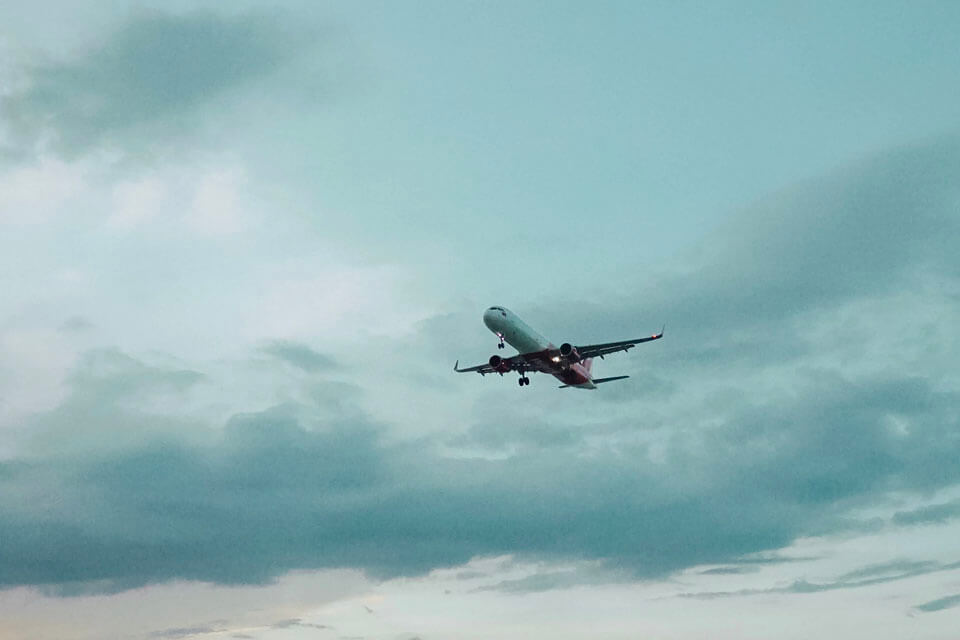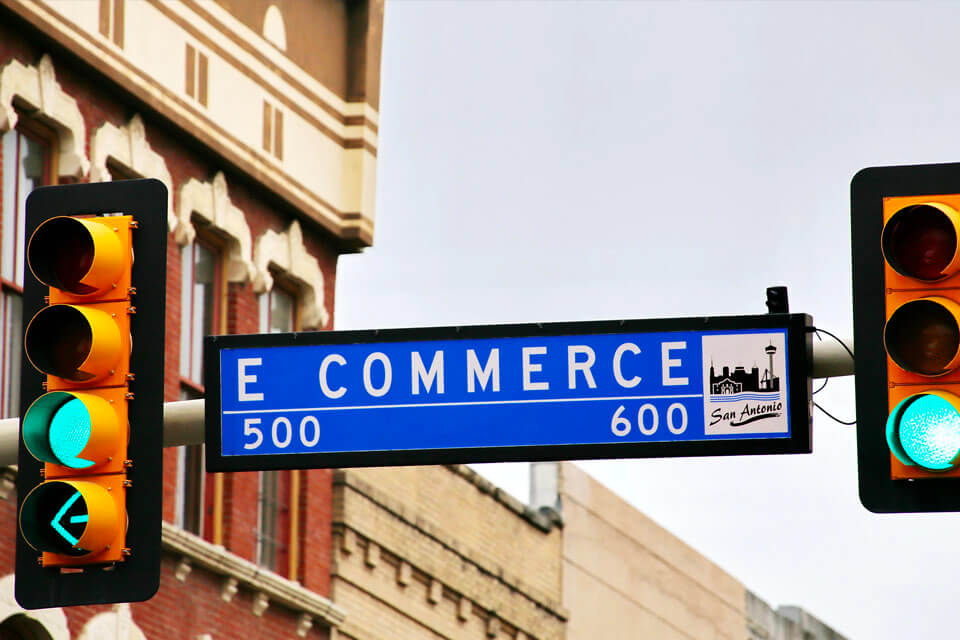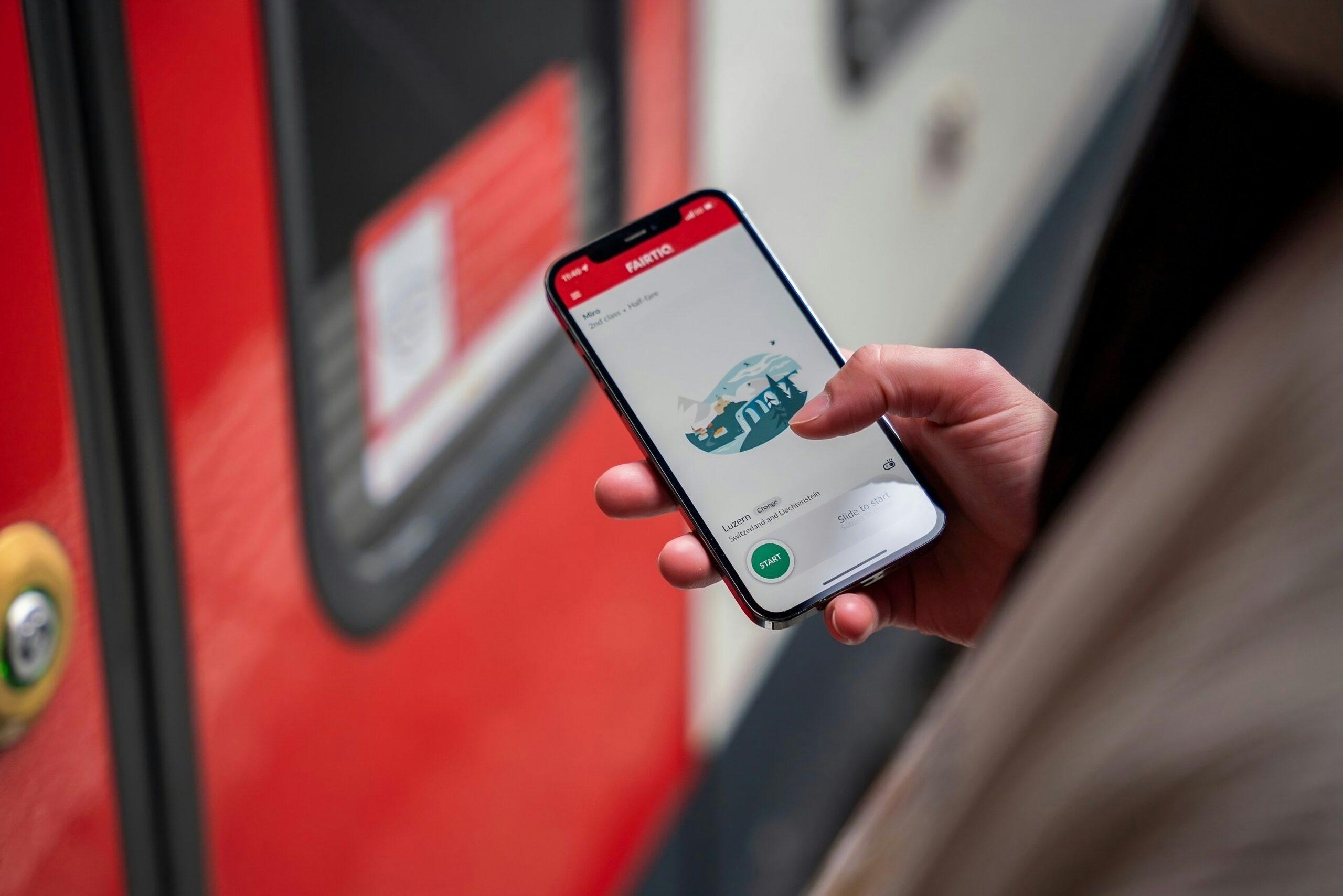
2025年8月15日
最新ニュースとレポート / ベトナムブリーフィング
コメント: コメントはまだありません.
都市化が加速し、環境への圧力が高まる中、ベトナム人の移動手段は変化しつつあります。公共交通機関はもはやバスや地下鉄だけではありません。今では、スマートなデジタルアプリケーションをユーザーがすぐに利用できるなど、テクノロジーの視点から捉えられています。
公共交通機関とモバイルアプリケーションの導入増加
ハノイ公共交通管理センター(HPTC)の統計によると、今年最初の9か月間で、ハノイの地下鉄とバスシステムは3億5,700万人以上の乗客を輸送しました。これは前年比56.8%の増加であり、年間目標の96.4%に達しました[1]。バスネットワークからの総収入は4,102億ドンと推定され、約5,451,201回の車両旅行と4億1,020万人の乗客が利用しました。乗客数は2022年の同時期と比較して57.1%増加し、計画の94.7%に達しました。バス高速輸送システム(BRT)ラインだけで約340万人の乗客を輸送しました[1]。公共交通機関は、その利便性により、時間と労力の両方を節約できるため、住民にますます好まれるようになっています。同時に、公共交通機関を選択すると、自家用車の使用が減り、交通渋滞が緩和され、有害な排出ガスが削減されます。
ベトナムのユーザー、特に若い世代は、公共交通アプリを街の移動に欠かせないツールと捉える傾向が高まっています。市場をリードするアプリであるBusMapによると、年間約60万人のアクティブユーザーがいます[2]。ほとんどのユーザーが、ルート検索、リアルタイムのバス到着追跡、デジタル決済、停留所リマインダーといった主要機能を活用しています。これは、遅延や停留所の乗り遅れを受動的に心配する状態から、移動を能動的に管理する状態へと、明確な行動の変化を示しています。今日、公共交通機関での体験は、多くの場合、スマートフォンの画面から始まります。
ベトナムの公共交通アプリエコシステム
ベトナムの公共交通機関向けアプリケーション市場は、独立した市場ではなく、複数のステークホルダーが関与する複雑なエコシステムであり、それぞれが独自の役割と戦略を持っています。これらのプレーヤーは、主に3つのグループに分類できます。
公共交通アプリエコシステムの3つの主要グループ
| グループ | 特徴 | 例 |
| 専用アプリ | 公共交通機関の利用者にサービスを提供することを主な目的として開発されたアプリケーション。 | バスマップ (フェニカMaaS)、 ヴィンバス (ヴィングループ) |
| 政府支援アプリ | 信頼できる情報の提供とサービスの管理を目的として、運輸省 (DoT) が発行または承認した公式アプリ。 | ゴー!バス (FPT情報システム、グラブ)
ハノイ公共交通機関のeチケット (Transerco、Viettel、Nhat Cuong Company) |
| 統合プラットフォーム | スーパーアプリや電子ウォレットは、公共交通サービスを直接提供するのではなく、流通チャネルや決済ゲートウェイとして機能し、強い影響力を発揮します。 | モモ(モモeウォレット)
Zalo Pay(VNG) |
出典: B&Company 編集
現在、ベトナムではBusMapなどの公共交通アプリが、様々な交通手段を連携させ、都市部の利用者にシームレスな移動手段を提供することで大きな進歩を遂げています。これらのアプリはバス情報にとどまらず、ハノイとホーチミン市の高架地下鉄(メトロ)とホーチミン市の水上バスのデータを統合しています。システムは徒歩、バス、地下鉄への乗り換えを柔軟に組み合わせ、最適なルートを自動的に計算・提供します[3]。これは、マルチモーダル輸送の課題に取り組み、都市住民によりシームレスな移動体験を提供するための取り組みを明確に反映しています。
しかし、省間移動に関しては、これらのアプリには顕著な限界があります。これらのアプリは、依然として大都市の都市公共交通網に重点を置いた開発となっています。そのため、省間バスや鉄道の路線に関する詳細かつ包括的な情報の提供は、依然として強みとは言えません。省間移動が必要なユーザーは、日常的に使用している都市交通アプリでこれらの情報を見つけるのではなく、バス会社のアプリや鉄道チケット予約サイトなど、他の専門プラットフォームに頼らざるを得ない状況に陥ることがよくあります。
ベトナムの主な公共交通アプリ
| 基準 | バスマップ (フェニカMaaS) | ヴィンバス | ゴー!バス
(Zaloミニアプリ) |
ハノイ公共交通機関のeチケット |
| 推定ダウンロード数 | > 4,500,000 | > 10万 | > 261,000回の訪問(1か月間) | 非公開 |
| 月間アクティブユーザー数 | ~ 600,000 | 非公開 | 約245,000人のユーザー(1か月間) | 15万枚以上のバーチャルカード発行 |
| 地理的範囲 | ベトナムの7つの省、タイ、マレーシア | ハノイ、ホーチミン市、フーコック | ホーチミン市 | ハノイ市 |
| ビジネスモデル | B2C(広告、プレミアム)とB2B/B2G | 非営利の統合エコシステム | 官民パートナーシップ(DoTとZalo) | 公共サービス(月間パス管理) |
| 主な強み | 豊富なデータ、多様な機能、独自の技術 | 高品質の電気バス、VinhomesとXanh SMの統合 | Zalo配信、別途アプリをダウンロードする必要はない | ハノイのチケットシステムとの緊密な統合 |
出典: B&Company 編集
ベトナムの公共交通アプリ市場は、単なる個々のアプリ同士の戦いではなく、根本的に異なる戦略モデル間の競争です。
- BusMap はオープン プラットフォーム モデルを採用しており、大規模なユーザー ベースを独自に構築し、広告、プレミアム サービス、B2B/G 契約を通じて収益を上げています。
- VinBus はクローズド エコシステム モデルを採用しており、アプリは VinHomes および Xanh SM サービスとのシームレスな統合を含む、Vingroup エコシステム内の住民にサービスを提供する広範なバリュー チェーンの 1 つのリンクとなっています。
- Zalo の Mini App プラットフォームに組み込まれた Go!Bus は、パブリック、プライベート、プラットフォームの連携を体現した例であり、既存のスーパー アプリを活用して、ゼロから始めることなく急速にユーザーを獲得します。
Go!BusがZalo経由で急速な成功を収めたことは、アプリが提供する機能の数よりも、配信戦略とエコシステム統合の方が影響力を持つ可能性があることを浮き彫りにしました。VinBusはダウンロード数こそ数百万件ではありませんが、ターゲットを絞ったユーザーベースへのサービス提供に優れています。Go!Busはゼロから構築するのではなく、Zaloの7,700万人のユーザーを活用することで成長を加速させました。
対照的に、独立運営されているBusMapは、そのビジネスモデルを支えるために、大規模なB2Cユーザー基盤を維持する必要があります。これは、公共交通機関の利用者獲得競争における新たな真実を浮き彫りにしています。つまり、勝利を収めるアプリは、最も機能が豊富なアプリではなく、都市住民の日常的なデジタル習慣や様々な公共交通機関に最もシームレスに統合されたアプリであるということです。
公共交通アプリのユーザー行動
動機
ユーザーは、移動を自分でコントロールしたいという思いから、公共交通機関アプリに注目しています。かつてバスに乗ると、待ち時間が不確実だったり、乗り継ぎを逃したり、間違った停留所で降りたりすることがよくありました。BusMapのようなアプリは、リアルタイムのバス追跡、マルチモーダルルートプランニング、停留所リマインダーを提供することで、受動的でストレスの多い体験を、能動的で予測可能な体験へと変えます。
利便性と効率性も大きな推進力となっています。バスの正確な到着時刻が分かれば、ユーザーはスケジュールを正確に管理し、無駄な時間を最小限に抑えることができます。ルートを簡単に検索し、詳細な道順を確認できるため、見知らぬ場所でも安心して移動でき、迷子になる不安を軽減できます。多くの人にとって、これらのアプリは公共交通機関を信頼性が高く、使いやすい選択肢にするための不可欠なツールです。
導入と継続使用の障壁
公共交通機関アプリへの関心が高まっている一方で、次のような根本的な問題によってその導入が妨げられています。
信頼性の欠如は、最も重大な障壁です。リアルタイムのバス到着情報やGPS位置情報といったコアデータが不正確または不安定な場合、ユーザーはアプリを放棄してしまいます。誤った情報を提供するアプリはユーザーの信頼を失わせ、アプリ自体がないよりもフラストレーションを感じさせることがよくあります。
パフォーマンスとユーザビリティの低さは、ユーザーエクスペリエンスの不満につながり、すぐにユーザーを離れさせてしまう可能性があります。これには、インターフェースの遅延、頻繁なクラッシュ、バッテリー消費の急増といった技術的な問題が含まれます。また、ルート検索や停留所の検索といった簡単なタスクの実行を困難にする、分かりにくいレイアウトといったデザインの悪さも含まれます。アプリが高速で安定しており、直感的でなければ、利便性という本来の約束を果たすことはできません。
大きな障壁となっているのは、現在のアプリが都市交通にほぼ特化しているため、その範囲が限られていることです。その結果、ユーザーの移動は断片化しています。省間移動(例えば、ハノイとハイフォン間のバスや電車)に関する情報や計画は提供されていません。そのため、ユーザーはVexereのような別々の予約プラットフォームに切り替えざるを得なくなり、一貫性のない体験を生み出し、包括的な旅行計画を立てることができません。
期待される機能
最も評価の高い機能は、リアルタイムのバス追跡です。ユーザーは、次のバスがいつ到着するかを正確に把握し、それに応じて計画を立てたいと考えています。
初めて乗る人やたまに乗る人にとって、賢いルートプランニングは不可欠です。優れたアプリは、徒歩と乗り換えを組み合わせた複数のルートオプションを提供し、待ち時間や混乱を最小限に抑えます。
停止リマインダーは小さいながらも効果があり、特に初めて乗車する人や気が散りやすい人にとっては効果的です。
デジタル決済はもはや当たり前のものになりつつあります。QRコードをスキャンしたり、MoMoやZaloPayなどのウォレットを利用すれば、シームレスでキャッシュレスな決済体験が実現します。
最後に、BusMapに見られるオフライン機能は非常に高く評価されています。モバイルデータやインターネット接続がなくてもルートを確認できるため、特に移動中に便利です。
まとめ
ベトナムの公共交通機関は、都市部の需要増加、環境意識の高まり、そしてモバイルファーストのライフスタイルの高まりを背景に、デジタル変革の真っ只中にいます。公共交通アプリは、利便性、コントロール、そしてコスト削減を実現する、多くの通勤者にとって欠かせないツールとなっています。バイクの習慣やインフラの不足など、課題は依然として残っていますが、デジタルエコシステムとの戦略的な統合とユーザーエクスペリエンスへの配慮が、どのプラットフォームが先導するかを決定づけるでしょう。最終的に、最も成功するアプリは、人々を単に移動させるだけでなく、都市生活のリズムにシームレスに溶け込み、人々と共に移動するでしょう。
[1] キンテドティニュース、公共旅客輸送は回復し、力強く成長した
[2] Thanh Nien、BusMapの「父」は一つのことを望んでいます…
[3] Nhan Dan、ホーチミン市のGo!Busアプリを通じて公共交通機関サービスにアクセス
B&Company株式会社
2008年に設立され、ベトナムにおける日系初の本格的な市場調査サービス企業として、業界レポート、業界インタビュー、消費者調査、ビジネスマッチングなど幅広いサービスを提供してきました。また最近では90万社を超える在ベトナム企業のデータベースを整備し、企業のパートナー探索や市場分析に活用しています。
お気軽にお問い合わせください
info@b-company.jp + (84) 28 3910 3913



